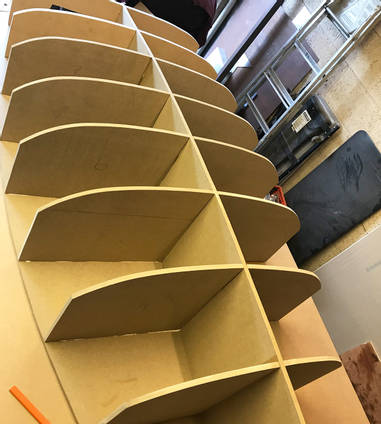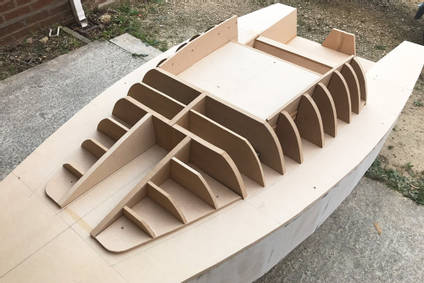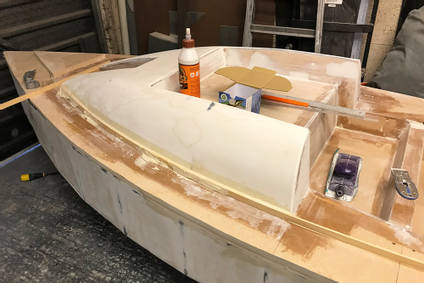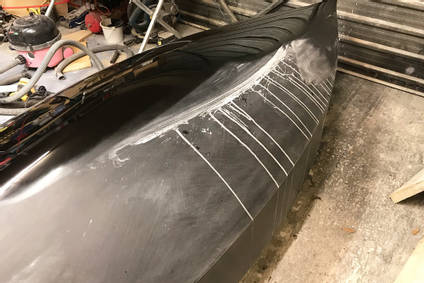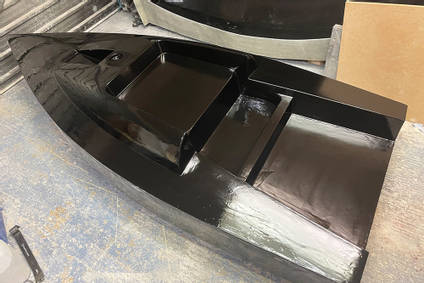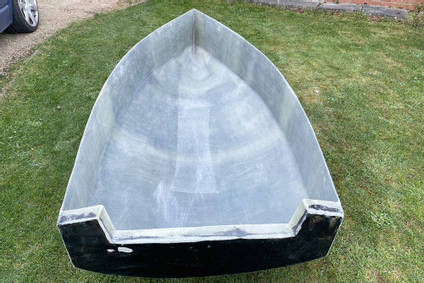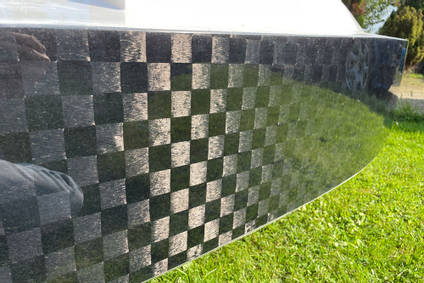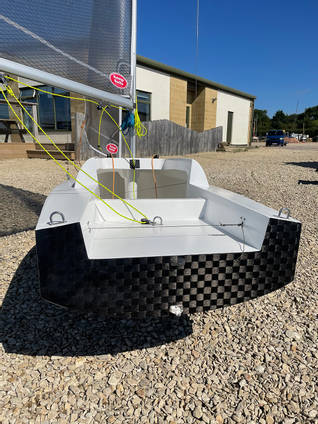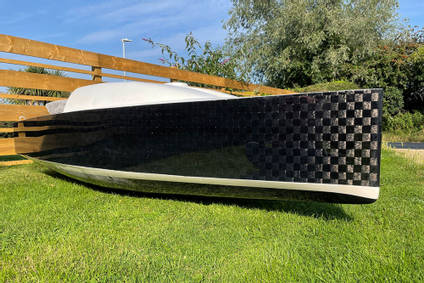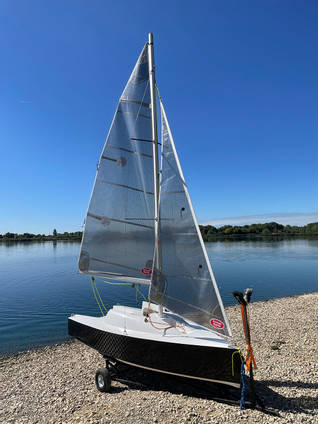Need any help or advice?+44 (0)1782 454499
USED IN THIS PROJECT
Although not necessarily an exhaustive list, the following tools and materials, supplied by Easy Composites, were used in this project.
The quantity shown below is the approximate amount used in the project rounded up to the nearest available kit size or quantity.
COMPONENT MATERIALS

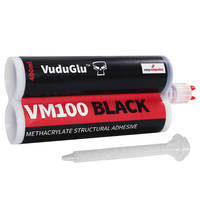
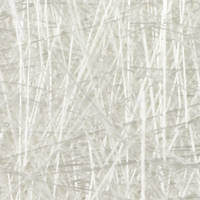
CUSTOMER GALLERY
Custom Mini 2.4m Sailing Boat
The buck started as a MDF skeleton, followed by fleece covering, painted in resin with the surface filled with whatever materials could be found. The surface was smoothed with filler and cheap polyester resin as a cost effective solution. With the buck shape complete for hull and deck, it was then given several coats of black resin and flatted/buffed to an outwardly smooth finished piece. This was then used to take a mould tool from so that more than one can be made in future.
The hull was laminated in basic CSM glass fibre and polyester resin, along with the deck and joining pieces to fasten the deck to the hull. The design was such that a seamless finish with no overlaps or visible joints was achieved. The hull pieces are bonded together with VuduGlu VM100 Black, which was perfect for both strength and speed of cure. Once assembled and float tested to ensure it floated level, the hull was overlaid with 160g 25mm Spread Tow Carbon Fibre. Whilst this may add a little structural stiffness, cosmetic appearance was the main aim.
The rudder and dagger board are made from several layers of 300g +/- 45 biaxial carbon Fibre for both stiffness and cost. This was laid on glass. The lay up included a 3.6mm ply core, followed by more carbon on the glass, then the already cured carbon/ply core bonded on top. This was then skinned with 210g 2x2 twill carbon fibre for a seamless finish. The tiller was made from carbon tubing bonded together with VuduGlu VM100 Black.
The mast is aluminium from a Cadet sailing dinghy, the smallest cross section available. This was cut down to suit the specific application. The sails were designed and made by Kemp Sails in Wareham in a black mylar to match the boat build. The fittings are all stainless steel, mostly from Holt.
Now complete, the boat has been sailed a few times, but only in light winds so far. The sole sailor is the righting moment in the boat, and not being able to move from side to side, confidence needs to be built to see how far it will heal over, before capsizing. Ultimately, a lead bulb bolted to the bottom of the dagger board will increase the righting moment.
ABOUT RICHARD TWEEDLE
Richard Tweedle works in the motor trade but has studied Yacht and powerboat design both at university and as a hobby ever since.
His design is based on the Mini Transat 650 trans Atlantic race boats and he wanted to create his own miniature version to sail and use himself. It is 2.4m long and has a smaller sail to mast/hull ratio but still performs well. There is no fixed weighted keel or foils.
CONTACT INFORMATION
| @RichardTweedle |
USED IN THIS PROJECT
Although not necessarily an exhaustive list, the following tools and materials, supplied by Easy Composites, were used in this project.
The quantity shown below is the approximate amount used in the project rounded up to the nearest available kit size or quantity.
COMPONENT MATERIALS



ABOUT RICHARD TWEEDLE
Richard Tweedle works in the motor trade but has studied Yacht and powerboat design both at university and as a hobby ever since.
His design is based on the Mini Transat 650 trans Atlantic race boats and he wanted to create his own miniature version to sail and use himself. It is 2.4m long and has a smaller sail to mast/hull ratio but still performs well. There is no fixed weighted keel or foils.
CONTACT INFORMATION
| @RichardTweedle |
100% SECURE
PAYMENT METHODS


Easy Composites Ltd, registered in England 7486797. All content copyright (C) Easy Composites Ltd, 2025. All rights reserved.

